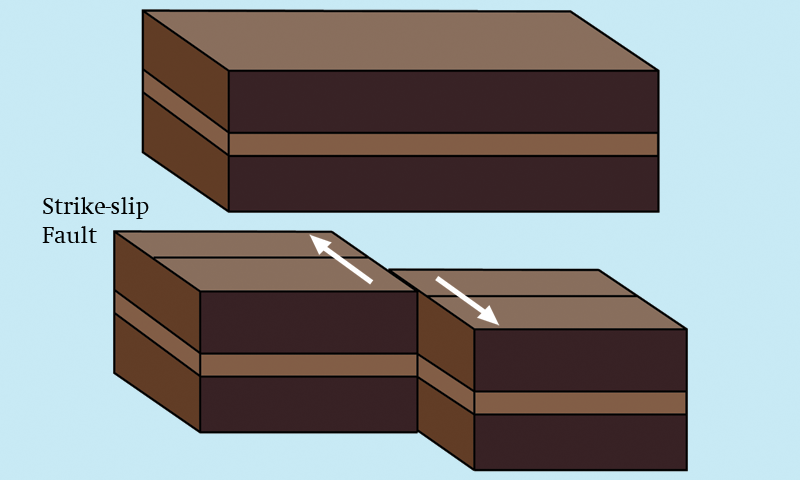


If this conclusion is correct, the east-striking left-lateral faults and the crustal blocks between them are rotating clockwise at 1–2° Myr –1, the east-west dimension of eastern Tibet is shortening at 10–20 mm yr –1, and little material is moving eastward out of India's path into Eurasia by left-lateral simple shear. Here we put bounds on that rate of rotation, and conclude that the image of lateral transport on such faults 2, known also as 'continental escape', 'extrusion', or 'expulsion', is an illusion, and that instead the left-lateral slip on east-striking planes in eastern Tibet is a manifestation of north-striking right-lateral simple shear. Cobbold and Davy 4 suggested that these faults may be rotating in a clockwise fashion. The most spectacular example of such strike-slip faulting is in the eastern part of the Tibetan Plateau, where three major left-lateral faults, with slip rates of >10 mm yr –1, and several smaller roughly parallel faults dominate the regional strain field 2,3. Displacement on such faults is imagined to allow lateral transport of material with respect to the converging continents, possibly accounting for a large fraction of the convergence between the two continents. The principal features suggesting that lateral transport is important are major strike-slip faults striking roughly orthogonally to the orientation of convergence between the continents. THE convergence of two continents can be accommodated by crustal thickening and by lateral transport of crust out of the path of the converging continents 1–3.


 0 kommentar(er)
0 kommentar(er)
